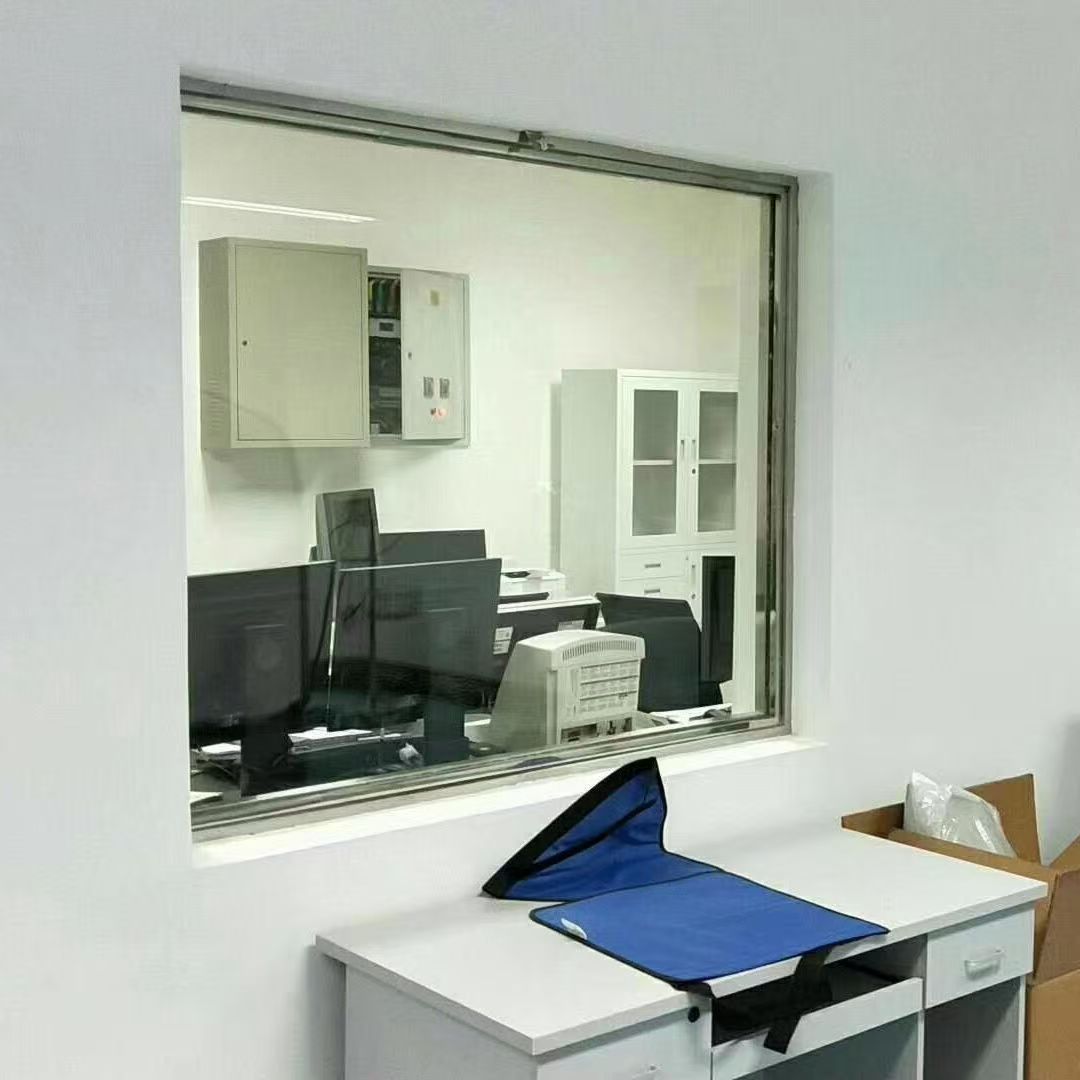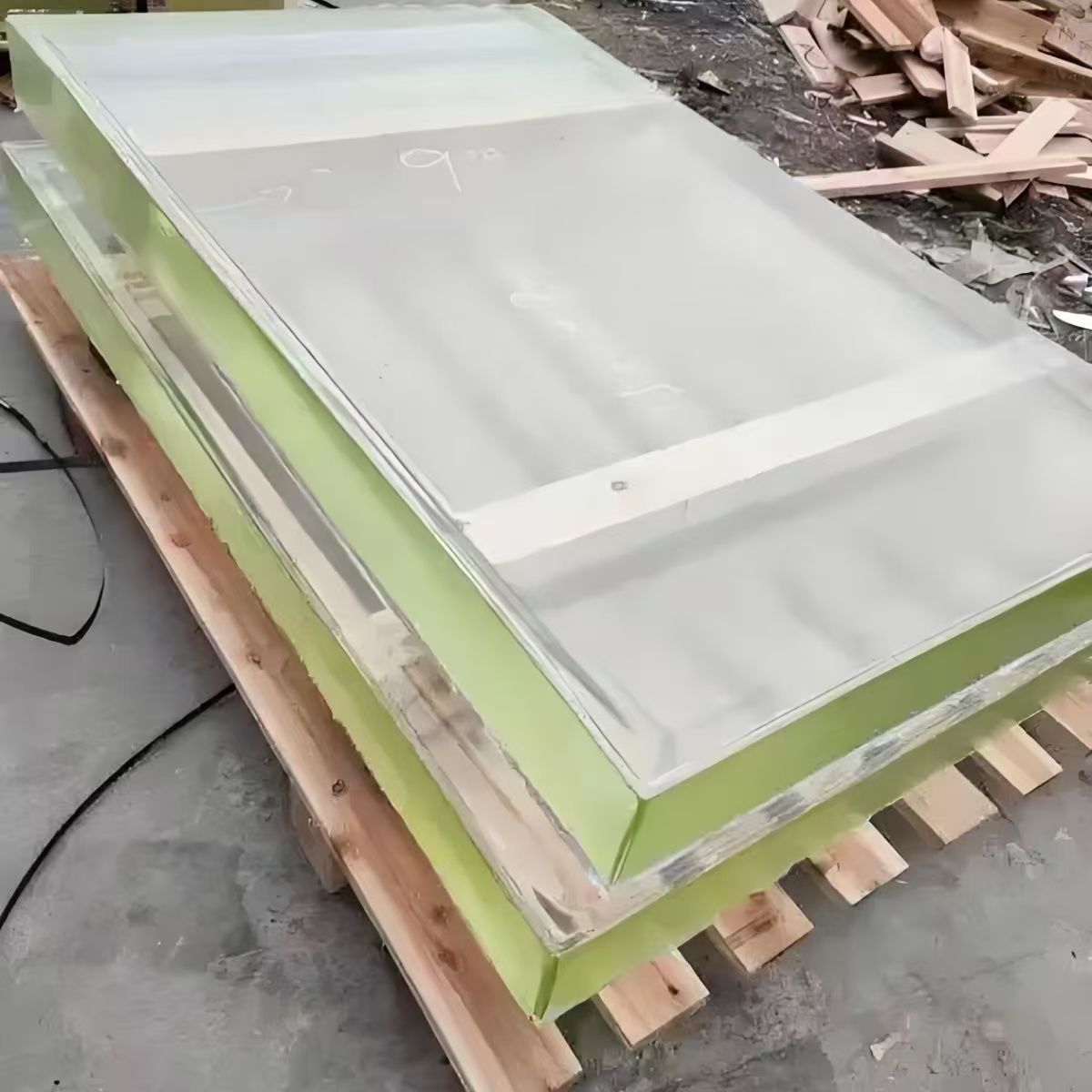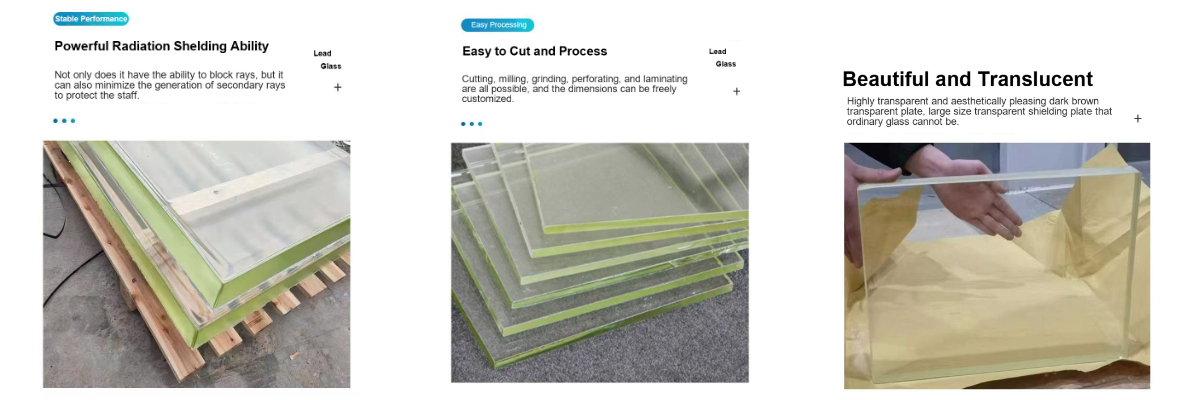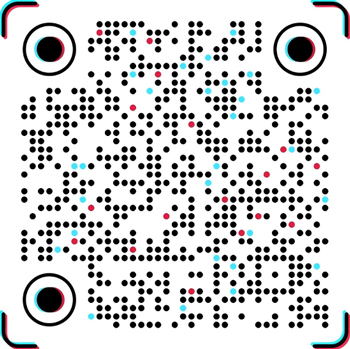Radiation Lead Glass
High-lead transparent protective material (lead content 20%-70%), density ≥4.8g/cm³, excellent X/γ-ray shielding (0.5mm thick can block 90% low-energy radiation). High light transmittance (>85%), real-time visualization of surgery/operation, reducing access to the protection area. Corrosion-resistant, anti-aging, high hardness (Mohs ≥4), long-term stability without yellowing. Customizable curved surfaces and composite structures (such as lead + explosion-proof glass), used for surgical observation windows, CT room windows, DR screens, nuclear medicine covers, etc., replacing traditional blind area operation modes.
Lead glass achieves excellent shielding performance through high content of lead oxide (20%-70%), with a density of 4.8-6.2g/cm³, about twice that of ordinary glass. Its protection principle relies on the photoelectric effect and Compton scattering of lead atoms, and the shielding rate of low-energy X/γ rays (≤100kV) exceeds 90% (5mm thickness). At the same time, it has excellent optical properties: light transmittance>85%, visible light distortion rate<5%, and anti-reflection film can be coated on the surface to reduce glare, so as to achieve distortion-free real-time observation in radiation environment.
Key application scenarios and technical solutions
Interventional operating room observation window: 15-20mm thick embedded lead glass wall is used, and the shielding efficiency of 120kV scattered radiation is ≥99%.
CT/MRI control room: curved lead glass window (lead equivalent 0.5-1.0mmPb) meets the national control room protection standard (GBZ 130-2020).
Nuclear medicine dispensing workstation: The lead glass protective cover integrates the manipulator operation hole to control the surface dose rate to <2μSv/h, effectively isolating β/γ rays.
DR mobile protection: The liftable lead glass screen (standard size 60×120cm) reduces the radiation of the operating position by 90%.
Pet radiotherapy: Multi-layer laminated explosion-proof lead glass cabin door, taking into account animal behavior observation and safety protection.
Advanced manufacturing process
Melting and casting process: Lead oxide and silicate are melted in a vacuum environment at 1200℃ to eliminate bubbles and ensure uniform composition.
Strengthening treatment: The surface toughening is increased to Mohs 4.5 hardness, and the polyurethane coating is superimposed to enhance the scratch resistance.
Composite design:
Sandwich structure: Lead glass and polyethylene explosion-proof layer are composited, with impact resistance >50J.
Curved surface molding: The arc of ≤150° is achieved through the hot bending process, which is suitable for the needs of curved observation windows such as DSA operating rooms.
Advantages compared to traditional protective materials
Visibility breakthrough: Solve the pain point of concrete/lead plate completely blocking the field of vision and realize direct monitoring of the operation area.
Space efficiency: The thickness is 60% less than that of concrete wall under the same protection, saving medical space.
Flexible installation: Supports multiple installation methods such as embedded, mobile, and hanging, and the convenience of transformation is far better than fixed lead plate.
Long-term economic efficiency: Lifespan> 20 years and maintenance-free, while lead plate needs regular anti-oxidation treatment.
Usage and maintenance specifications
Cleaning requirements: Hydrofluoric acid and strong alkaline cleaners are prohibited to avoid corrosion of glass network structure. Neutral solution is recommended for wiping.
Anti-damage measures: Wooden frames are required to fix the corners during transportation and installation to prevent micro cracks caused by collision.
Performance monitoring: Detect shielding attenuation rate and light transmittance every 2 years. If the light transmittance drops by> 10%, it needs to be replaced.
Summary: Lead glass takes "transparent protection" as the core breakthrough, deeply integrating radiation shielding and real-time observation functions. Its high customization (thickness/curvature/composite structure), physical stability and long life cycle make it an irreplaceable protective component in high-risk scenarios such as modern radiation diagnosis and treatment and the nuclear industry, significantly improving operational safety and work efficiency.














